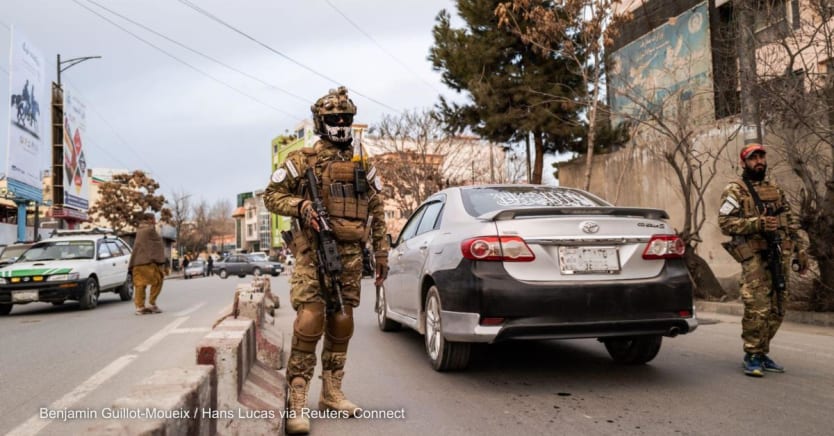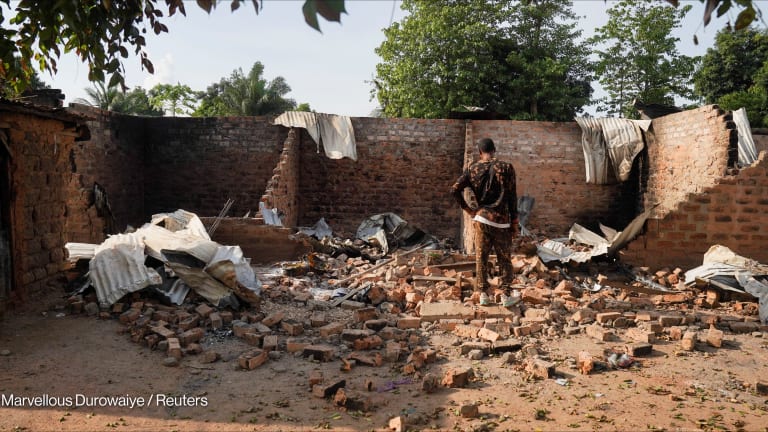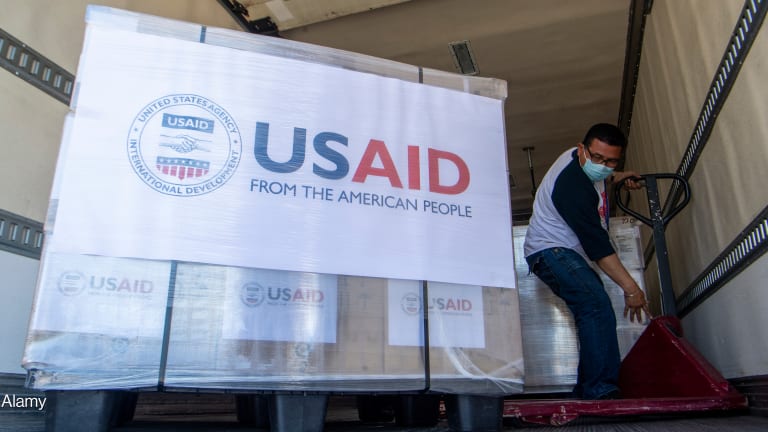
The Global Fragility Act was passed in 2019, clinching bipartisan support in both chambers of the U.S. Congress and signed into law by then-President Donald Trump. The law came after years of advocacy from peacebuilding groups pushing for a new way to implement conflict prevention and peacebuilding programs in places considered “fragile.” Such nations have little capacity to provide basic services for their citizens, so the population is vulnerable to a wide range of shocks.
Since then, the Trump and now Joe Biden administrations have slowly worked to implement the law’s provisions as Congress wrote them, with several substantial delays (more on that below). So, why is its passage and implementation significant? Let’s dig in:
What’s different about the Global Fragility Act?
The GFA is — at long last — recognition that decades of U.S. policy in places like Iraq and Afghanistan after 9/11 did not bring stability even after billions of dollars were spent. It also highlights the clunky way that different branches of government worked without communicating their objectives. It mandates participation from all relevant departments — with the State Department playing the lead implementing role — in close coordination with the U.S. Agency for International Development and Defense Department.
The act puts conflict prevention front and center, prioritizing programs and activities that aim to head off violence before it breaks out and destabilizes an entire country. The law intends to move the U.S. government away from a band-aid response to conflict.
What does the act require the US administration to do?
The act requires the government to produce a 10-year plan, known as the Global Fragility Strategy, outlining a new approach for fragile and conflict-affected states. That strategy details four goals and objectives: prevention, stabilization, partnership, and management. It also spells out the roles and responsibilities of relevant agencies, how decisions should be made, staffing and resource requirements, how the strategy will be integrated into existing U.S. development, diplomatic, and defense tools, and how success is measured.
The administration must select five priority countries or regions to pilot the new approach. The pilot locations are subject to change over the 10-year life span and the U.S. administration can include new places if needed. The strategy will employ a new model of “compact-style partnerships” that prompt mutual accountability with local governments and other national partners.
Which countries were selected?
In April 2022, the Biden administration revealed four pilot countries — Haiti, Libya, Mozambique, and Papua New Guinea — along with one region: coastal West Africa, which includes Benin, Côte d’Ivoire, Ghana, Guinea, and Togo. This means GFA principals will be integrated into U.S. foreign assistance programs in those locations, with U.S. officials working alongside local partners — governments and civil society — to develop conflict-prevention programs.
Where are we in implementation?
Since its passage, successive administrations have consistently missed GFA deadlines — something they didn’t appreciate me reminding them of. The Global Fragility Strategy, including country and regional selections, was due to Congress by September 2020, but was not submitted until December 2020. By then, the administration should have submitted individual strategies for the five priority countries and region. Instead, selections were not made for more than a year after the deadline.
Individual 10-year pilot strategies were due in December 2020, but have yet to be released. USAID Assistant to the Administrator for Conflict Prevention and Stabilization, Robert Jenkins, told Devex they should be completed by the end of this year, and administration officials insist there is still momentum behind the law despite bureaucratic delays.
How will we know if it’s working?
This is one of the trickiest parts of the GFA, because it’s often hard to prove how bad a conflict could have been if it’s been effectively prevented. A key principal of the GFA is agility, and the ability to pivot and change programs if they aren’t working.
Jenkins often says that failure is inevitable, but that the 10-year time horizon will allow USAID and its partners to adapt if a strategy isn’t yielding the intended results in preventing conflict.









